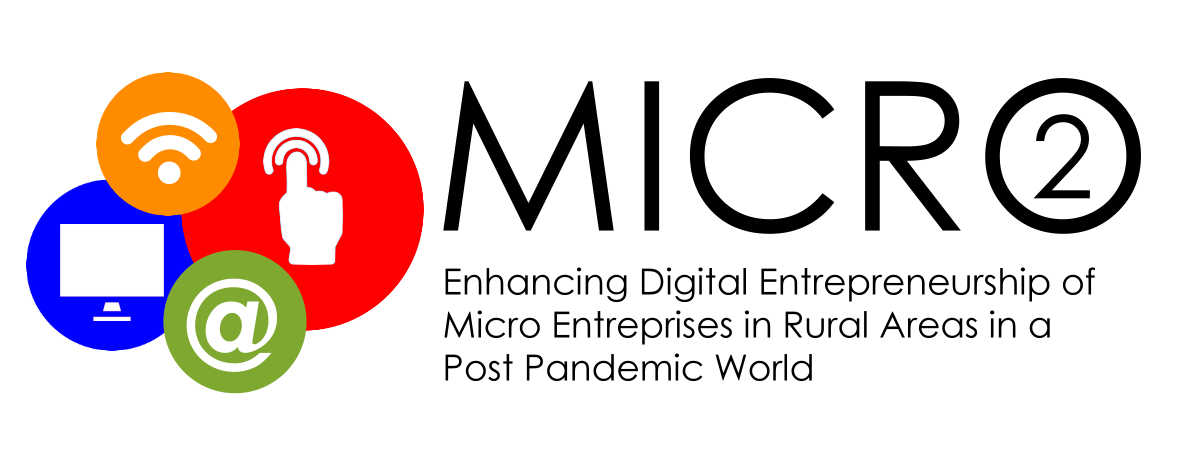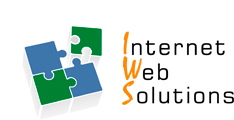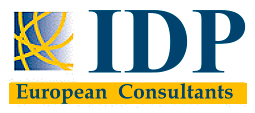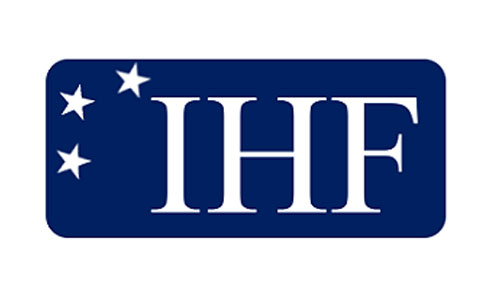Glossary
MICRO2 Glossary entries serve as a dictionary for the users to reference throughout their reading of the MICRO2 training modules.
A.I.D.A. Model
The A.I.D.A. Model guides marketing efforts through stages of Attention, Interest, Desire, and Action. In digital marketing, it shapes content and campaigns to capture audience attention, generate interest, stimulate desire, and drive specific actions
Change Management
is a collective term for all approaches to prepare, support, and help individuals, teams, and organizations in making organizational change
Cloud Storage
Cloud storage allows you to save data and files in an off-site location that you access either through the public internet or a dedicated private network connection. Data that you transfer off-site for storage becomes the responsibility of a third-party cloud provider. The provider hosts, secures, manages, and maintains the servers and associated infrastructure and ensures you have access to the data whenever you need it. Cloud storage delivers a cost-effective, scalable alternative to storing files on on-premise hard drives or storage networks. Computer hard drives can only store a finite amount of data. When users run out of storage, they need to transfer files to an external storage device.
Cryptocurrencies
Digital or virtual currencies that use cryptography for security and operate on decentralised networks, such as Bitcoin, for making online transactions
Customer Relationship Management (CRM)
CRM stands for customer relationship management. As the name suggests, CRM software is a system for managing your relationships with customers. You can use CRM software to keep track of interactions, data, and notes about customers or potential. The data is stored in a central database and is accessible to multiple people within an organization. A CRM helps streamline sales, marketing efforts, customer service, accounting, and management for growing companies. Multiple people can access and edit the information about a particular client’s customer journey.
E-Mail Marketing Campaign
An Email Marketing Campaign is a targeted series of emails sent to achieve specific objectives, such as promoting a product or nurturing leads. In digital marketing, email campaigns foster communication, deliver personalized content, and drive engagement.
Electronic health records (EHR)
An Electronic Health Record (EHR) is an electronic version of a patients medical history, that is maintained by the provider over time, and may include all of the key administrative clinical data relevant to that persons care under a particular provider, including demographics, progress notes, problems, medications, vital signs, past medical history, immunizations, laboratory data and radiology reports The EHR automates access to information and has the potential to streamline the clinician's workflow. The EHR also has the ability to support other care-related activities directly or indirectly through various interfaces, including evidence-based decision support, quality management, and outcomes reporting.
Endpoint Detection & Response (EDR)
Endpoint detection and response (EDR), also known as endpoint threat detection and response (ETDR), is an integrated endpoint security solution that combines real-time continuous monitoring and collection of endpoint data with rules-based automated response and analysis capabilities.
Enterprise Resource Planning (ERP)
Enterprise resource planning (ERP) refers to a type of software that organizations use to manage day-to-day business activities such as accounting, procurement, project management, risk management and compliance, and supply chain operations. A complete ERP suite also includes enterprise performance management, software that helps plan, budget, predict, and report on an organization’s financial results. ERP systems tie together a multitude of business processes and enable the flow of data between them. By collecting an organization’s shared transactional data from multiple sources, ERP systems eliminate data duplication and provide data integrity with a single source of truth.
Flat organisational structure
is an organisational model with limited or sometimes no levels of management between the Leadership and the employees. Its ambition is to have as little hierarchy as possible.
General Data Protection Regulation (GDPR)
A comprehensive European Union regulation designed to protect the privacy and personal data of individuals. It establishes guidelines for the collection, processing, and storage of personal information by businesses and organisations
Hybrid Working
is a form of flexible working where workers spend some of their time working remotely (usually, but not always, from home) and some in the employer's workspace.
Intrinsic Motivation
is motivation provided by personal satisfaction or enjoyment instead of external considerations such as reward or fear of punishment.
KPIs (Key Performance Indicators)
KPIs are quantifiable metrics measuring the success of a business or activity. In digital marketing, they provide insights into campaign and overall online performance, guiding data-driven decisions for businesses to assess progress and achieve goals
Landing Page
A Landing Page is a focused web page designed for specific marketing campaigns, aiming to prompt visitors to take actions like making a purchase or filling a form. In digital marketing, landing pages streamline user experience and drive conversions
Leadership styles
are categorisations of how a Leader behaves while directing, motivating, guiding, and managing groups of people or staff.
Multi-factor Authentication (MFA)
Multi-factor Authentication (MFA) is an authentication method that requires the user to provide two or more verification factors to gain access to a resource such as an application, online account, or a VPN. MFA is a core component of a strong identity and access management (IAM) policy. Rather than just asking for a username and password, MFA requires one or more additional verification factors, which decreases the likelihood of a successful cyber attack.
Point-of-Sale (POS)
A POS system, or point-of-sale system, is a set of devices, software and payment services merchants use to make sales in person. A POS system manages customer purchases, accepts payments and provides receipts. A point of sale is also where a merchant and customer conduct a retail transaction. It is where the merchant calculates the sale price for the customer, creates a record of the transaction and provides payment options. Many merchants use POS systems to perform these actions. Modern POS systems also generate reports, help manage inventory and track employee hours, among other things.
Reflective Practise
involves thinking deeply in a structured written fashion about a certain activity that you are doing or have done and ensuring that insights gleaned influence future activity.
Remote Desktop Protocol (RDP)
Remote Desktop Protocol (RDP), a secure network communication protocol offered by Microsoft, allows users to execute remote operations on other computers. It facilitates secure information exchange between remotely connected machines over an encrypted communication channel.
Role-Based Access Controls (RBAC)
Role-based access control (RBAC) refers to the idea of assigning permissions to users based on their role within an organization. It offers a simple, manageable approach to access management that is less prone to error than assigning permissions to users individually. When using RBAC for Role Management, you analyze the needs of your users and group them into roles based on common responsibilities. You then assign one or more roles to each user and one or more permissions to each role. The user-role and role-permissions relationships make it simple to perform user assignments since users no longer need to be managed individually, but instead have privileges that conform to the permissions assigned to their role(s).
Search Engine Optimisation (SEO)
The practice of optimising digital content, including website pages and online materials, to improve its visibility on search engines like Google. The goal is to increase organic (non-paid) traffic to a website by ranking higher in search engine results pages
SWOT Analysis
SWOT Analysis is a strategic planning tool examining an organization's internal Strengths and Weaknesses, as well as external Opportunities and Threats. In digital marketing, it informs strategic decisions by identifying factors influencing a business's success or challenges
The Virtual workplace
is a place of work that is not specifically located in any one physical area but is located on a virtual platform. It is a network of many workplaces connected by modern information and Communicative Technology irrespective of geographic location.
User Experience (UX)
Encompasses all aspects of a user’s interaction with a company, its services, and its products. It focuses on enhancing the overall experience and satisfaction a user gains from using a particular product or service
User Interface (UI)
The point of interaction between a user and a digital device or software, including elements like buttons, icons, screens, and other visual components that facilitate user interaction.
Virtual Private Network (VPN)
A virtual private network, or VPN, is an encrypted connection over the Internet from a device to a network. The encrypted connection helps ensure that sensitive data is safely transmitted. It prevents unauthorized people from eavesdropping on the traffic and allows the user to conduct work remotely. VPN technology is widely used in corporate environments.
